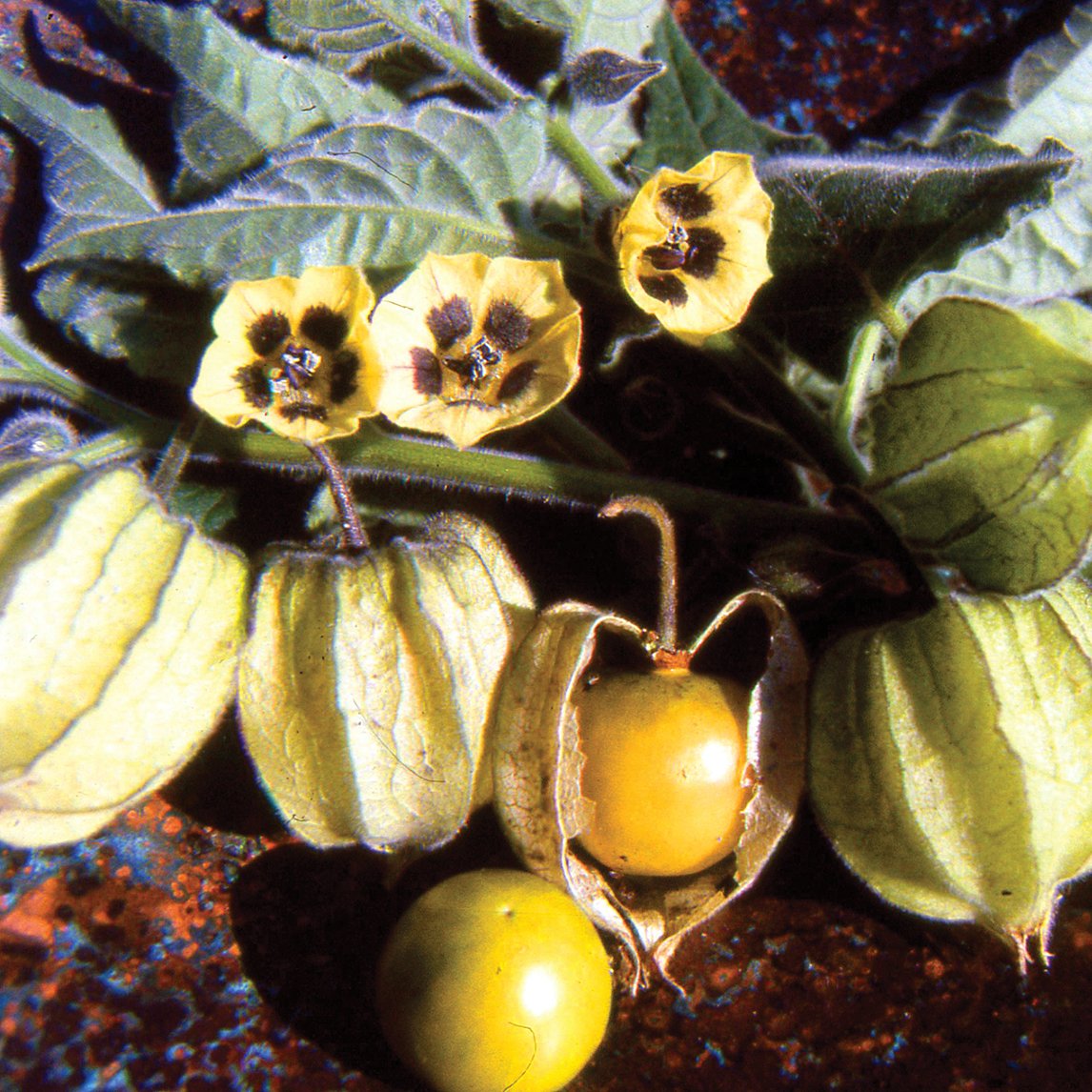Cape Gooseberry
A sweet surprise wrapped in a papery husk, the Cape Gooseberry is a hardy, fast-growing perennial that’s perfect for gardeners chasing flavour and fun. Producing masses of small, bright golden fruit that dangle like jewels inside their protective lantern-like casings, it’s as ornamental as it is productive.
With a naturally bushy growth habit, Cape Gooseberries can grow anywhere from 60cm up to 2 metres tall, depending on pruning and plant age. While generally self-supporting, mature plants or those heavy with fruit may benefit from staking to keep them tidy and upright.
Bursting with vitamin C and antioxidants, these tangy-sweet berries are delicious fresh, tossed into fruit salads, or turned into rich golden jams, chutneys or tarts. Thrives in poor soils and tough conditions—this is one productive plant that keeps giving long after others have faded.
Self-seeding and easy to grow, it’s a favourite with kids, cooks and curious gardeners alike. Grow it in a sunny spot and enjoy a truly unique harvest that feels a little magical.
Cape Gooseberries are easy, fast-growing and ideal for low-maintenance gardens. Plant in a sunny, well-drained spot—pots work well in cooler climates. Sow in spring after frost, or start indoors earlier. Plants form a bushy habit, growing 60cm–2m tall depending on age, pruning and conditions. They may need staking when heavy with fruit. Perennial in the tropics, but best treated as an annual in cooler regions. Once established, they’re drought-tolerant. Water during flowering and fruiting, and avoid overfeeding—too much nitrogen means more leaves, less fruit. A light compost mulch is ideal. Harvest when husks turn golden and papery—fruit may drop when ripe. Eat fresh or use in jams, chutneys and desserts. Prune to shape and let a few berries self-seed for next season’s crop.


